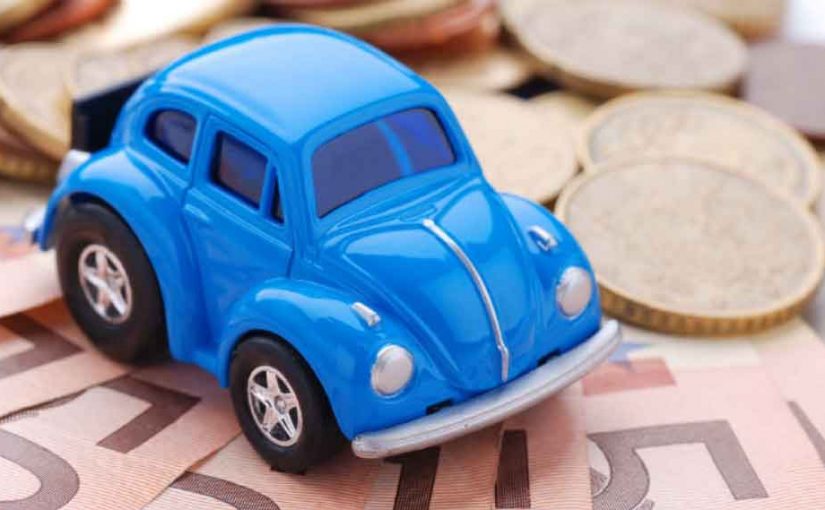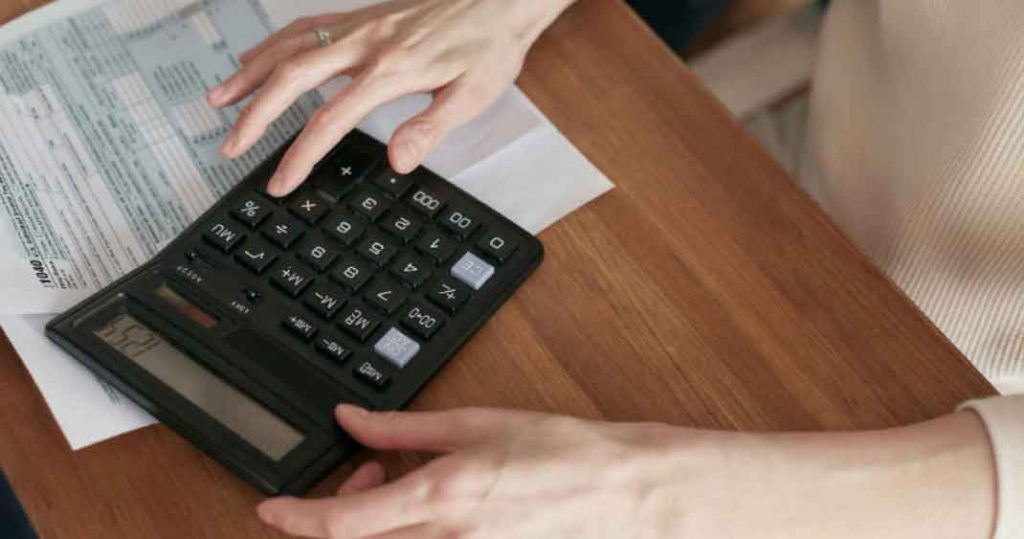Understanding Car Allowances
Allan Madan, CPA, CA


For business owners and employees who use their personal vehicles for business purposes, a car allowance is a valuable benefit outlined by the Canada Revenue Agency (CRA) that should be taken advantage of.
This allowance serves as the business’s method of reimbursing individuals for the business use of their personal vehicles. Understanding how to properly implement and report a car allowance is crucial to ensure compliance with Canada Revenue Agency (CRA) regulations
and to maximize the tax benefits available.
What Is The Car Allowance
A car allowance is essentially a reimbursement for the business use of a personal vehicle. This could be for sales representatives using their own car to visit customers, employees making deliveries on behalf of their employer, or any other case where the use of the car is
required for the business.
There are two primary methods for receiving a car allowance: the per-kilometre allowance and the fixed vehicle allowance. Each method has its tax implications and benefits, both for the individual receiving the allowance and the business providing it.
Per-Kilometer Allowance
The per-kilometre allowance is based on the number of kilometres driven for business purposes. For the 2024 tax year, the CRA mileage rates are $0.70 for the first 5,000 kilometres and $0.64 for any additional kilometres. For 2023, the mileage rates are $0.68 for the first 5,000 kilometres and $0.62 for any additional kilometres.
This amount is fully tax-deductible for the corporation and does not need to be reported as income by the individual. Essentially, it’s a tax-free benefit. The caveat is that the recipient cannot claim any additional vehicle-related expenses on their personal tax return, except for parking fees.
Fixed Vehicle Allowance
Alternatively, some businesses offer a fixed vehicle allowance, where the individual receives a set amount each month to cover the business use of their personal vehicle. While this amount is also tax-deductible for the business, it is taxable income for the individual and must be reported on their T4 slip.
The key benefit of this approach is that the individual can claim actual vehicle expenses—such as maintenance, gas, insurance, repairs, and lease payments—on their tax return. These expenses must be pro-rated based on the percentage of the vehicle’s use for business versus personal purposes.
Choosing the Right Approach

The decision between a per-kilometre allowance and a fixed vehicle allowance depends on the specifics of the vehicle’s use and the individual’s financial situation. Let’s consider a few examples to illustrate this:
Scenario 1
Employee A drives 18,000 kilometres annually for business (90%) and 2,000 kilometres for personal use (10%). They have $30,000 in annual vehicle expenses (maintenance, lease, etc.).
Under the per-kilometer method:
| Kilometres | Rate | Dollar $ Amount |
| 5,000 | $0.70 | $3,500 |
| 13,000 | $0.64 | $8,320 |
| 18,000 | $11,820 |
Employee A receives a $11,820 car allowance which does not need to be reported as additional income when they file their personal tax return. The business also can claim $11,820 as a deductible expense.
Under the fixed allowance method:
Let’s say the business pays Employee A $1,000 per month as the fixed amount instead of a ‘per-kilometre’ allowance.
The car allowance for the year would be $12,000. Employee A can only claim 90% of his vehicle expenses (totalling $30,000) because that’s how much was used for business purposes.
| Taxable Amount (before deductions) | $12,000 |
| Deductible Portion (90% x $30,000) | $27,000 |
| Net Tax Deduction | $15,000 |
| Personal Tax Refund (40% tax rate) | $6,000 |
With a 40% tax rate, Employee A would receive a personal tax refund of $6,000 in addition to a $12,000 car allowance totalling $18,000.
The business can claim a tax deduction for a vehicle allowance of $12,000.
Comparison Between Per-Kilometre Allowance and Fixed Allowance:
Comparing the two methods, Employee A is better off receiving a fixed allowance than a per-kilometre allowance. The total cash received by Employee A under the Per-KM Allowance is $11,800 compared to $18,000 under the Fixed Allowance method.
| Per-KM Allowance | Fixed Allowance | |
| Yearly Allowance | $11,820 | $12,000 |
| Tax Refund | $0 | $6,000 |
| Total Cash Received | $11,820 | $18,000 |
Scenario 2
Employee B drives 40,000 kilometers annually for business (80%) and 10,000 kilometres for personal use (20%). His total vehicle expenses are $30,000.
Under the per-kilometer method
| Kilometres | Rate | Dollar $ Amount |
| 5,000 | $0.70 | $3,500 |
| 35,000 | $0.64 | $22,400 |
| 40,000 | $25,900 |
Employee B receives a $25,900 car allowance which does not need to be reported as additional income when they file their personal tax return. The business also can claim $25,900 as a deductible expense.
Under the fixed allowance method
Employee B receives the same $12,000 annually.
| Taxable Amount (before deductions) | $12,000 |
| Deductible Portion (80% x $30,000) | $24,000 |
| Net Tax Deduction | $12,000 |
| Personal Tax Refund (40% tax rate) | $4,800 |
With a 40% tax rate, Employee B would receive a personal tax refund of $4,800. The refund received is in addition to the allowance of $12,000, totalling $16,800. The business can claim a tax deduction of $12,000 for the car allowance paid in the year to its employee.
Comparison Between Per-Kilometre Allowance and Fixed Allowance:
Comparing the two methods, Employee B is better off receiving a per-kilometre allowance than a fixed allowance. Under the Per-KM Allowance method, Employee B receives $25,900 compared to $16,800 under the Fixed Allowance Method.
| Per-KM Allowance | Fixed Allowance | |
| Yearly Allowance | $25,900 | $12,000 |
| Tax Refund | $0 | $4,800 |
| Total Cash Received | $25,900 | $16,800 |

Best Practices for Managing Car Allowance
To ensure compliance and maximize tax benefits, it’s essential to maintain accurate records. Using a vehicle log, whether manually or through an app or accounting software will help distinguish between when the car is used for personal vs. business purposes. Accurate
records are essential for substantiating your claims, whether you’re using the per-kilometer or fixed allowance method.
It is also important to keep all of your receipts, particularly if you’re claiming actual vehicle expenses under the fixed allowance method. Credit card statements alone are not sufficient for CRA purposes.
Conclusion
Deciding between a per-kilometer or fixed vehicle allowance requires careful consideration of your driving habits and financial situation. Both options have their benefits, but understanding the tax implications and maintaining detailed records are key to making the most of your car allowance. Whether you’re a business owner setting up an allowance program or an employee navigating your options, taking the time to plan and document your expenses can lead to significant tax savings.
Disclaimer
The information provided on this page is intended to provide general information. The information does not take into account your personal situation and is not intended to be used without consultation from accounting and financial professionals. Allan Madan and Madan Chartered Accountant will not be held liable for any problems that arise from the usage of the information provided on this page.



